Are you looking for ways to improve the ventilation in your home? Do you want to know the difference between natural and mechanical ventilation? Then this blog post is for you.
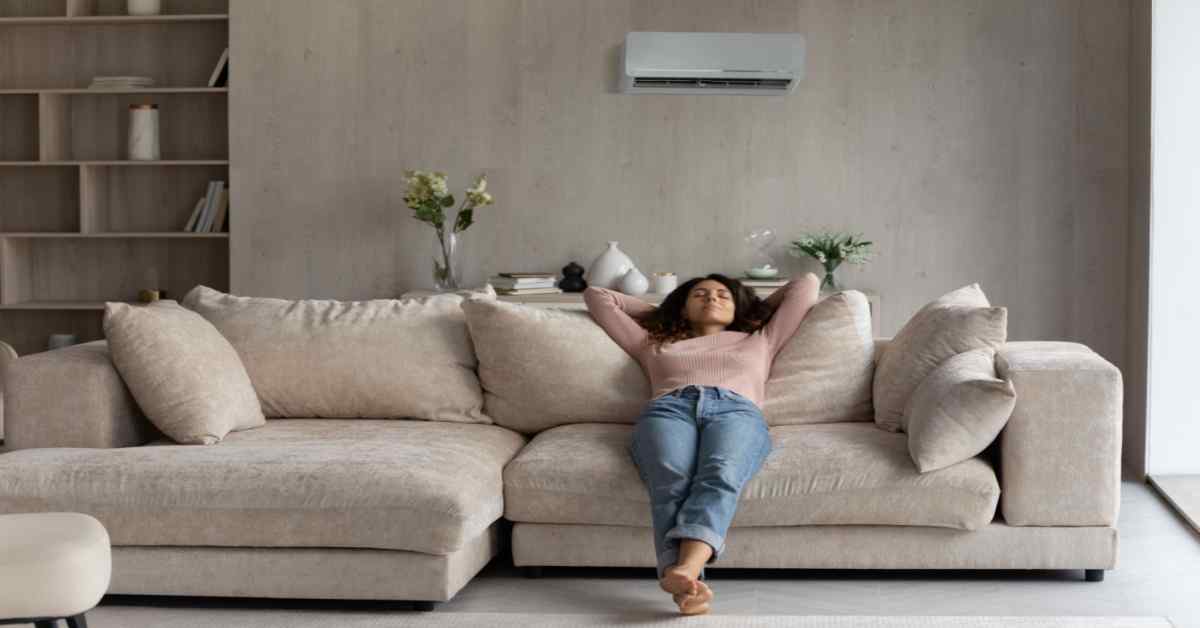
Things we covered for you
Home ventilation is an essential component of modern living, and its design can greatly impact your home’s comfort, safety, and energy efficiency. It involves using fans and ducts to introduce fresh air from outside into the home while drawing stale air out.
In this blog post, we’ll provide an overview of home ventilator design, evaluate the efficiency of different designs, and discuss the differences between natural and mechanical ventilation. Read on to learn more about how to improve your home’s ventilation.
Analysing the Effectiveness of Home Ventilation Designs
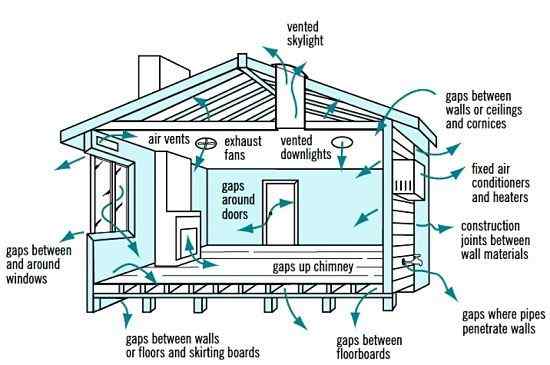
When evaluating house ventilator design efficiency, numerous factors must be considered, including the type of ventilator used, climate conditions, ability to control moisture, and operating costs over time.
- Type of ventilator used–As this can have a significant impact on air quality and energy efficiency. For instance, a well-designed mechanical ventilator can ensure that fresh air is constantly circulated throughout the home while also minimising energy waste.
- Ability to evaporate moisture while still keeping out pollutants– Properly designed exhaust systems should allow moisture generated by activities like cooking or showering while simultaneously preventing outside contaminants from entering the home’s interior spaces.
- Its operating cost over time– In addition to initial installation costs, an inefficient system will lead to higher monthly bills due to increased energy consumption or maintenance needs compared with an efficient system setup.
With careful planning and thoughtful design decisions, it is possible to balance comfort and cost-efficiency when building a new home or renovating an existing one.
Read: Kasba Peth
The Distinction Between Mechanical and Natural Ventilation
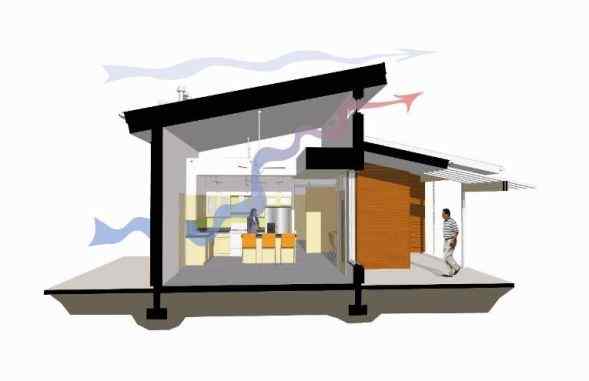
Natural ventilation and mechanical ventilation systems both have their advantages and disadvantages when it comes to home ventilation. Natural ventilation is the process of moving air through an environment without the use of powered equipment, while mechanical ventilation uses fans or blowers to move air throughout a space.
Natural Ventilation
It relies on open windows or vents to bring in fresh outdoor air and remove stale air from indoors. Because it does not require any external energy source, natural ventilation can be cost-effective and efficient.
However, due to its dependence on outside factors like wind direction, natural ventilation may only sometimes be reliable, especially in temperate climates with moderate wind speeds. Additionally, this type of system does not provide any filtration or humidity control.
Mechanical Ventilators
Mechanical ventilators use fans or blowers to actively draw fresh air into the building from outside while exhausting stale air outwards. As such, these systems can provide more consistent airflow than natural methods and can also come with advanced filtration capabilities for improved indoor air quality.
Additionally, many modern mechanical ventilators are designed for energy efficiency so that they can operate at lower costs over time. But because these systems require external power sources (e.g., electricity), they may be more expensive upfront compared to natural systems. They may also be more difficult to maintain over time due to increased component wear and tear caused by continuous operation. Home Ventilator Design
The Functions of a House’s Ventilation System
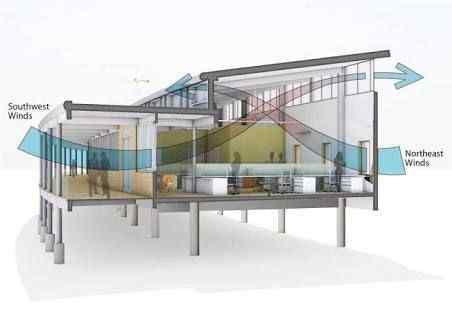
Home ventilation design is vital to providing a comfortable, healthy, safe indoor environment. It ensures that fresh air is consistently circulated throughout the home and stale air is removed. Proper home ventilation also helps reduce energy costs by reducing the need for cooling and heating systems.
Read: Use ACP Sheet Design for Home—Transform Your Home with Style
Some of the most common functions of house ventilation design include:
1. Temperature Control– Ventilation helps maintain optimal temperatures in different house rooms by controlling humidity levels and regulating indoor/outdoor temperature differences, leading to reduced energy costs for cooling and heating systems.
2. Humidity Levels– Ventilation helps regulate humidity levels by drawing in moisture-rich outdoor air while expelling moisture-laden indoor air when required.
3. Odour Removal– Home ventilation works to remove unwanted odours through exhaust fans or open windows while introducing fresher scents into your living spaces through regular airflow cycles.
4. Contaminant Removal– By regularly exchanging fresh outdoor air with stale indoor air, these contaminants can be expelled from our living spaces, thus improving overall health and comfort levels within our homes.
Steps to Improve House Ventilation
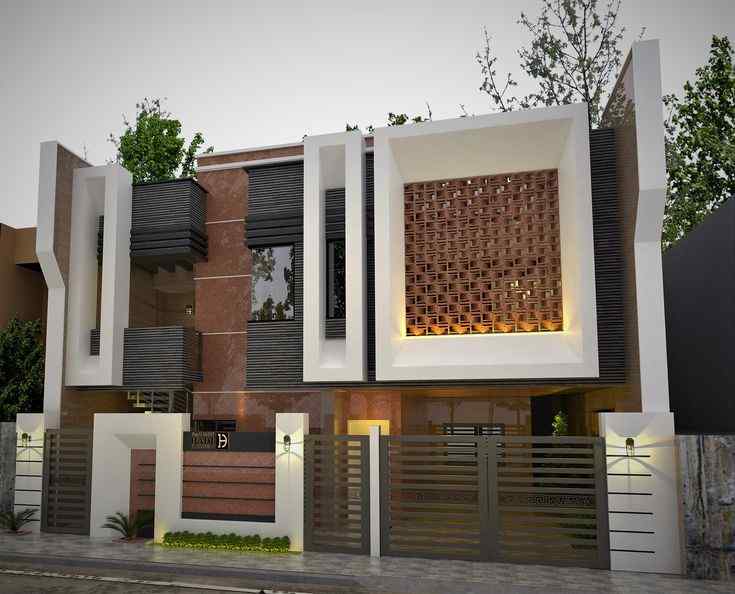
Improving the ventilation in your home is an important task that can help improve air quality and overall comfort. You can take several steps to ensure that your house has adequate ventilation, including ensuring all exhaust fans are working properly, sealing any cracks around windows or doors, and installing a ventilator system.
Read: Top Pooja Room Door Design for Redefining Sacred Entrances!
Here we will discuss each of these steps in more detail.
- Exhaust fans are functioning properly.
Exhaust fans help remove stale air from your home, which brings fresh air inside. Check for blockages or dirt buildup around the fan blades, as this can reduce their efficiency. Inspect vents connected to the outside for debris and obstructions. Cleaning them regularly will keep them working at optimal levels.
- Seal off any cracks or gaps around windows or doors.
To prevent warm air from escaping and cool air from entering the home, it is important to seal off any cracks or gaps around windows or doors. This will keep temperatures more consistent throughout the year while also improving indoor air quality by blocking out dust and allergens that would otherwise find their way inside through these openings.
- Installing a full-house ventilation system
It is another great way to improve ventilation in your home. These systems actively pull fresh outdoor air into the living space while simultaneously pushing stale indoor air out through ductwork connected directly outdoors; this helps maintain healthy airflow throughout your entire house without relying on natural convection alone.
- Investing in ERV (Energy Recovery Ventilator)
If you live in a climate with extreme temperatures since it helps humidify incoming air during the winter months while dehumidifying it during warmer times of the year. Thus helping minimise issues associated with over-humidity, such as mould growth and condensation accumulation on windowsills/walls etc.
Read: Swim In Style with a Dazzling Collection of Swimming Pool Designs for Your Home
ERVs can be installed as part of a whole-house ventilator system set-up, but they do come at an extra cost, so be aware of this when considering whether one is right for you or not.
Appropriate Ventilation Crucial for Moisture Management
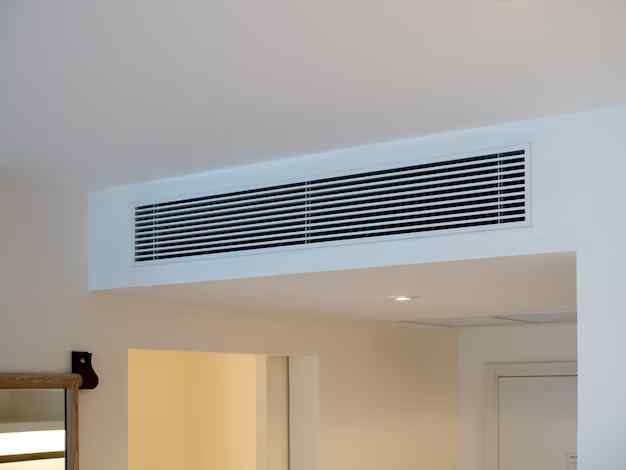
Moisture management is key to maintaining a healthy home environment. Too much moisture can lead to mould growth, musty odours, and other issues that drastically reduce indoor air quality. Properly ventilating a home with an appropriate ventilation system can help manage moisture levels and mitigate potential health risks.
Air penetration, daily activities such as bathing or cooking, and poor ventilation can result in the accumulation of excess moisture inside living areas. By promoting steady airflow throughout the house, excessive humidity levels may be avoided, thus reducing any subsequent mould growth or property damage.
Tips for Better Indoor Air Ventilation
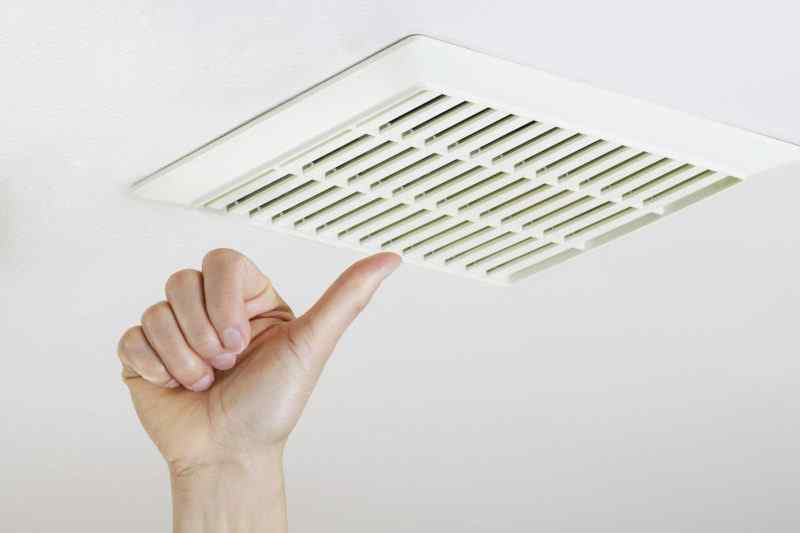
One of the best ways to improve indoor air quality is by ensuring proper ventilation in the home. Here are a few tips to help ensure that your home’s ventilation system is working optimally.
1. Utilise exhaust fansin the kitchen, bathroom and other areas prone to moisture build-up. These should be powerful enough and properly installed to move air out of the home and should be replaced every five years.
2. Look for strategic locations around the house where you can place vents to draw air out of problem areas, such as attics or basements with limited airflow. This will help regulate humidity levels in these spaces and reduce potential health risks from mould or mildew buildup.
3. Ensure your ventilator design meets local building codes, including sizing requirements for ductwork and fan capacity specifications. Work with a qualified professional to ensure your system is up to code and optimised for efficiency.
4. Ensure all exhaust fans function properly and seal any cracks or gaps around windows or doors where air could escape. This will create an energy-efficient environment while also improving indoor air quality by preventing pollutants from entering through these openings.
By following these simple tips, you can ensure that your home’s ventilation system works optimally and provide better indoor air quality for your family’s health and comfort over time!
Benefits of Good House Ventilation Design
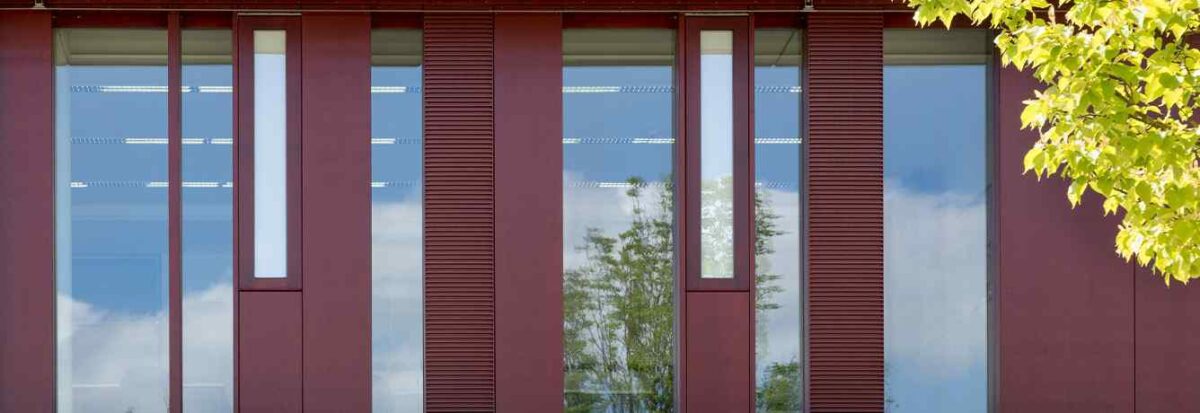
Good house ventilation design is an essential part of creating a comfortable and healthy home. Therefore, it’s paramount to ensure your home has good air circulation and adequate ventilation to avoid problems such as excess moisture, poor air quality, mould growth, and other health issues.
- Reduce heating bills and energy consumption.
This is because good ventilation helps maintain the right warmth in the winter while allowing cool air to enter during the summer months. In addition, proper airflow throughout the house makes it easier to control humidity levels, reducing condensation build-up on windows and walls. This, in turn, prevents mould growth which can lead to respiratory problems, among other health issues.
- Improves indoor air quality
It is done by removing environmental pollutants that may be caused by smoking or chemical products used inside the house. Poorly ventilated homes have been linked to an increased risk of asthma and allergies. Having a well-ventilated property can help prevent such illnesses from occurring or worsening over time.
- Create an enjoyable living environment.
Fresh air coming into the home will make it smell better and improve overall comfort levels for its occupants.
A well-designed home ventilator design system can play an important role in improving the quality of air inside your home while also reducing energy costs and promoting healthy indoor air conditions. By taking into account the type of ventilator used, climate conditions, ability to control moisture, and operating costs over time, you can ensure that your home’s ventilation system is working effectively and efficiently.
The benefits of good house ventilation design are many. Ventilation helps maintain the right level of warmth in the winter, allows cool air to enter during the summer months, and improves indoor air quality by removing environmental pollutants. To learn more about home ventilators and their designs, visit the NoBroker website.

FAQ’s
A home ventilator is designed to bring fresh air into a home and expel stale air. It works by drawing in outside air, which is usually filtered and treated, and pushing it into the living space of the home.
Many benefits are associated with having a home ventilator installed in your residence. These include improved air quality due to increased fresh air circulation, reduced heating/cooling costs due to optimised thermostat settings, better humidity control, less dust accumulation, and fewer airborne allergens in the living space.
Home ventilators typically consist of two main components – an intake fan unit and an exhaust fan unit. The intake fan draws in outside air, which is then treated with filters depending on the type of system you have installed.
The filtered air is then pushed through ducts or pipes into your living space while at the same time pulling stale indoor air out through the exhaust unit, which expels it outdoors.
Yes, there are several types of ventilation systems available for homes, including central ventilation systems, LEV (Local Exhaust Ventilation) systems, MVHR (Mechanical Ventilation with Heat Recovery) systems, natural stack ventilation systems, hybrid systems that combine multiple methods such as LEV & MVHR together, and more.
It’s important to consider factors such as local climate conditions when selecting an appropriate system for your needs. Some options may be more suitable than others, Home Ventilator Design
depending on where you live.
We strongly advise hiring a professional if you intend to install one, even if some individuals may decide to do it themselves for their usage. If not adequately addressed upfront by someone with expertise, it might result in costly repairs down the road due to safety concerns or other legal issues that could occur from faulty installation or setup processes.











